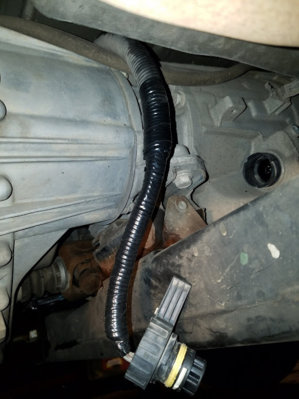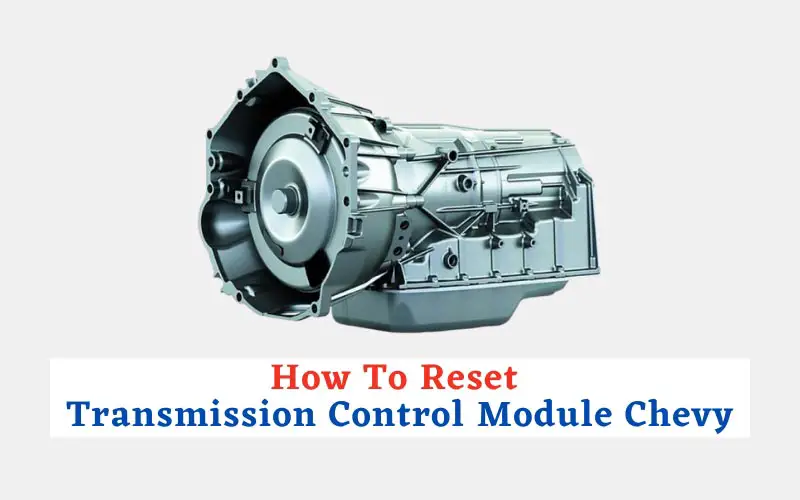P0700 CHEVROLET Meaning The transaxle Control Module (TCM) monitors the malfunction of sensors and actuators relating to transaxle control. When the TCM detects a malfunction with the control, a signal is send to the Engine Control Module (ECM) to trigger the Engine Light or Service Engine Soon light.
Need information on the P0700 code? You’ve come to the right place. In this blog post, we talk about the meaning behind the “Transmission Control System Malfunction” or code P0700, as well as what causes it and what you can do to fix it.
P0700 is a diagnostic trouble code (DTC) for 'Transmission Control System Malfunction'. This can happen for multiple reasons and a mechanic needs to diagnose the specific cause for this code to be triggered in your situation. Our certified mobile mechanics can come to your home or office to perform the Check Engine Light diagnostic for $0.0. Since P0700 is an informational code only and does not point to a direct fault, you will need more specific diagnosis to identify the main problem. Common Symptoms. The most common symptoms of a P0700 DTC include the illumination of the MIL or malfunction indicator light. This video explains how to permanently fix the P0700 Transmission Malfunction error code. We explain what causes the problem, symptoms and then top 5 fixes.
The Meaning and Cause of the P0700 Code

There are two types of Diagnostic Trouble Codes (DTCs): generic and manufacturer-specific. Lucky for us, the P0700 code is a generic powertrain code, which means that the information about it can easily be found online (and other places). This also means that this code applies to all vehicles with the OBD-II system, which are all newer makes and models (1996 and after). That said, the exact repair steps usually vary from vehicle to vehicle and it’s important to keep this bit of information in mind when diagnosing and repairing your own car.
So, what is the meaning behind the P0700 code? Unlike many DTCs, the P0700 code’s definition is pretty easy to understand. In simplest of terms, the “Transmission Control System Malfunction” means that the Power Control Module (PCM) has detected a malfunction in the transmission control system. Pretty self-explanatory, right? Now, to delve a little deeper, we need to explain how the PCM is able to detect such malfunction in the first place.
Many, if not most vehicles, have a control module for the transmission system called transmission control module, or TCM for short. The vehicle also has something called engine control module (ECM), which communicates with the TCM and by extension the PCM, monitoring the automatic transmission for errors. If it detects a defect, the ECM lets TCM and PCM know that there’s a problem, and as a result, a related fault code is registered. Now, normally, the P0700 code is considered to be an informational code, meaning it only points to a general error in the transmission system (in other words, it doesn’t point to a direct defect in the engine).



What causes the code P0700? Usually, the cause of this DTC has something to do with the transmission system itself, although there can be other causes as well. Some of them may include:
- Faulty shift solenoids
- Open or short in the wiring harness
- Defective engine coolant temperature sensor
- Faulty transmission valve body
- Dirty transmission fluid that is restricting the passage of hydraulic
- Defective transmission control module (rare)
Symptoms of the P0700 Code
The code P0700 can be experienced in quite a few different ways, although the most common symptoms tend to be the same across all makes and models. Some of those include:
- Check Engine Light is on
- Transmission shifting problems
- Poor fuel economy
- Engine stalling or dying
- Fail safe mode.
Diagnosing and Repairing the P0700 Code
Since there can be a number of different causes for the P0700 code, there can also be a number of different solutions. That being said, it’s not possible to fix this DTC without proper tools, including a quality OBD-II scanner that will communicate with the TCM. Generally speaking though, considering the code P0700 is a severe DTC, it’s advisable to hire a professional to inspect, diagnose and repair your vehicle. Whatever you choose to do, following these steps should ensure everything goes as smooth as possible.
- Mount the OBD-II scanner into the DLC port and record all stored codes. Usually, the P0700 code doesn’t show up by itself (meaning it’s likely you’ll find other codes too), although it’s not impossible to register only this code. Don’t forget to note all freeze frame data as well, as this can give valuable insight into the condition of the vehicle when the code first turned up.
- Inspect the vehicle in detail starting from the transmission system itself. To see if the transmission is faulty, monitor the RPM input speed and compare it to the RMP output speed. Also monitor the response of the Converter Lockup Solenoid – if good, it should go to 0% each time you apply the brake pedal, no matter the speed. To check if there is an internal slipping of the transmission, keep an eye out for the Slip Speed. See if it’s steady but the transmission output shaft is decreasing. If the Slip Speed remains high but the Lockup duty cycle is at 100%, the solenoid is the culprit.
- Check the transmission fluid and replace it if it looks or smells strange. Also inspect the wiring harness of the transmission and look for defective or loose connections. Repair, replace or tighten things as needed.
Note: clear the code each time you repair/replace a component and retest the system.
So, the following repairs may help fix the P0700 code:
- Replacing faulty solenoids
- Replacing a faulty transmission valve body
- Replacing transmission fluid
- Fixing the wiring harness
- Replacing the transmission control module (rare)
Additional Information About the Code P0700
P0700 Chevy Tahoe
This DTC is considered to be a severe code, meaning you shouldn’t drive the vehicle while the code is in the system. This is because most vehicles with this code have trouble changing gears, with some getting stuck in one gear. This can cause further damage to the vehicle, plus is a safety hazard on the road. Another issue with the P0700 code is that it usually doesn’t turn up alone but in combination with other DTCs, indicating a larger problem with the transmission system.
Usually, when a transmission system is defective, you’ll see metal flakes in the fluid. These can clog shift solenoids and the valve body, resulting in the code P0700. In case you find excessive metal buildup in the transmission itself, the culprit it most likely just wear and tear of the transmission. In this case, the entire transmission system should be replaced.
Finally, a word about common mistakes when diagnosing the P0700. Unless you’re a mechanic or have extensive automotive knowledge, it’s best to let a professional inspect and repair your vehicle. This is because the P0700 code often comes in combination with other DTCs, making it more difficult and laborious to repair than other codes.
Code Explanations
These links will provide more detailed insights into what code means in your vehicle:
P0303 Code
P0456 Code
P0430 Code

Be sure to also read our essential guide to the best OBD2 Scanner.
P0700 Chevy Code
Sources:
P0700 Chevy Suburban
- P0700 OBD-II Trouble Code – YourMechanic
- P0700 Transmission Control System Malfunction – OBD-Codes.com
P0700 Chevy Sonic
MORE TO READ

Comments are closed.